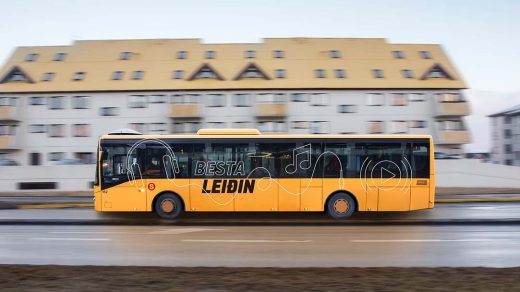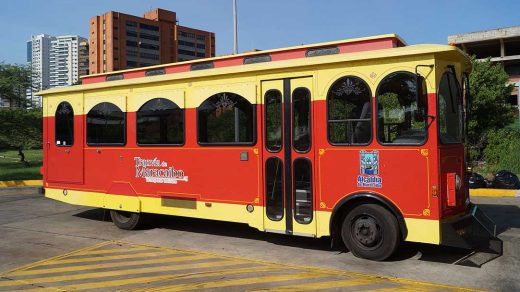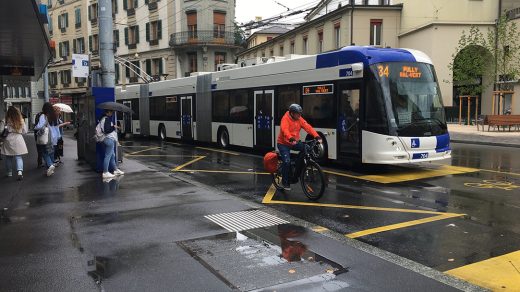When I first arrived in Toulouse, I was instantly captivated by the soft pink hue that graces its buildings and streets. From ancient brick walls to alleyways bathed in warm light at sunset, the city lives up to its nickname, La Ville Rose—the Pink City. However, to truly explore the charm of Toulouse, walking alone isn’t enough. Fortunately, its metro and bus systems are well-developed, punctual, and affordable, making it easy to travel from the historic old town to the suburbs and experience the city’s rich diversity.
Getting to Know Toulouse’s Transport System: Clean, Efficient, and Easy to Use
Toulouse’s public transportation network is operated by Tisséo and includes the metro, buses, trams, and even a cable car system called Téléo. The network covers not only the city center but also surrounding areas, with the metro as its backbone and buses and trams providing complementary coverage.
There are two main metro lines: Line A and Line B, forming a cross-shaped layout that connects the city from north to south and east to west. My first metro ride was from Matabiau train station to the Place du Capitole. It took less than 10 minutes—fast, smooth, and comfortable.
Buying and Using Tickets: Tisséo App and Ticket Machines
Toulouse’s public transportation system is unified, making it easy to navigate whether you’re hopping on the metro, bus, or tram. I found the Tisséo app to be incredibly convenient for purchasing tickets, and it’s available in multiple languages, including English. The ticket machines located at major stations also offer easy-to-follow instructions in English, so there’s no stress if you’re not fluent in French. The ticketing system is efficient, with a variety of options catering to different needs.
Ticket options include:
- Single ticket (Ticket à l’unité): This is ideal for short trips or if you’re not planning to travel extensively. The ticket is valid for one hour, allowing unlimited transfers within that timeframe. It’s a great option if you want flexibility and simplicity.
- Day pass (Ticket journée): If you plan to explore the city all day, this ticket is perfect. It offers unlimited travel for one day, allowing you to hop on and off any form of public transport without worrying about additional costs.
- 10-trip pass (Ticket 10 voyages): This is perfect for tourists or residents who travel intermittently. With ten trips at a discounted price compared to individual tickets, it’s a great value for those who don’t need unlimited daily access.
- 3-day pass (Pass 3 jours): This is my personal favorite since it suited my four-day stay. For those visiting the city for a few days, this pass provides unlimited travel over three days, making it convenient for exploring without needing to constantly purchase tickets.
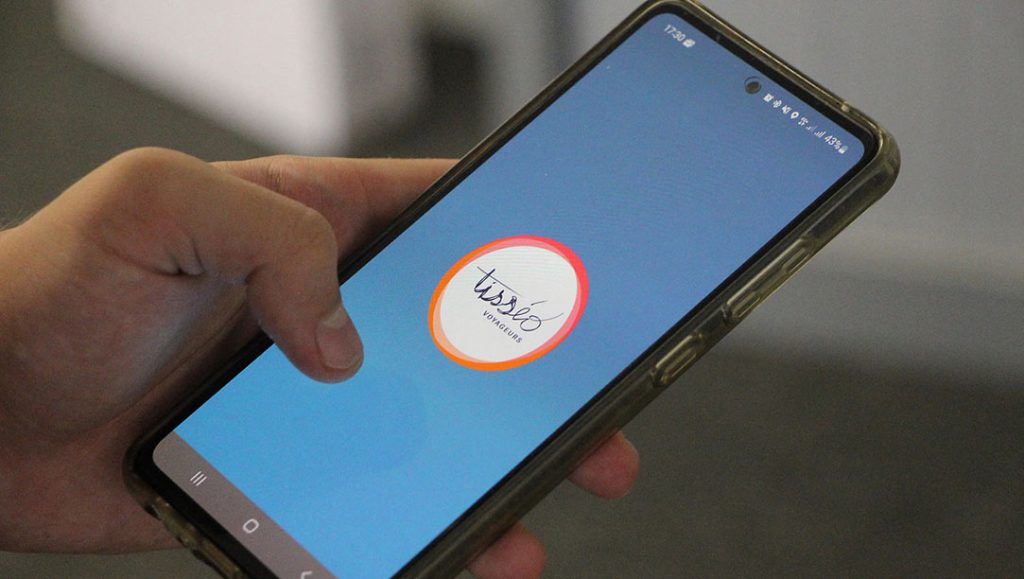
Once purchased, tickets can be validated using a QR code on your phone or by tapping paper tickets at metro gates or bus readers. Metro stations are equipped with clear maps, making navigation and transfers easy.
Metro Experience: Driverless Technology and Rapid City Access
Toulouse’s metro system runs on an advanced, fully automated driverless technology. This adds an extra layer of safety and ensures the trains run on time with minimal delays. The metro system is not only highly efficient but also remarkably clean and spacious. Even during rush hour, the trains feel calm and comfortable, which adds to the overall pleasant experience.
Line A stretches east to west, connecting significant stops such as Jolimont, Jean Jaurès (where it intersects with Line B), Capitole, Esquirol, and Basso Cambo. It provides quick access to several key tourist destinations like the Capitole Square and the Esquirol district. Line B, which runs north to south, connects neighborhoods from Borderouge to Ramonville, making it a central route for both tourists and locals alike.
What stands out about Toulouse’s metro is the exceptional cleanliness and organization. The trains are regularly maintained, with spacious seating and a modern interior design that makes travel comfortable. Additionally, stations are equipped with clear signage and electronic announcements in both French and English, which makes navigating the system easy for non-French speakers. The doors open automatically at each stop, ensuring smooth boarding and alighting.
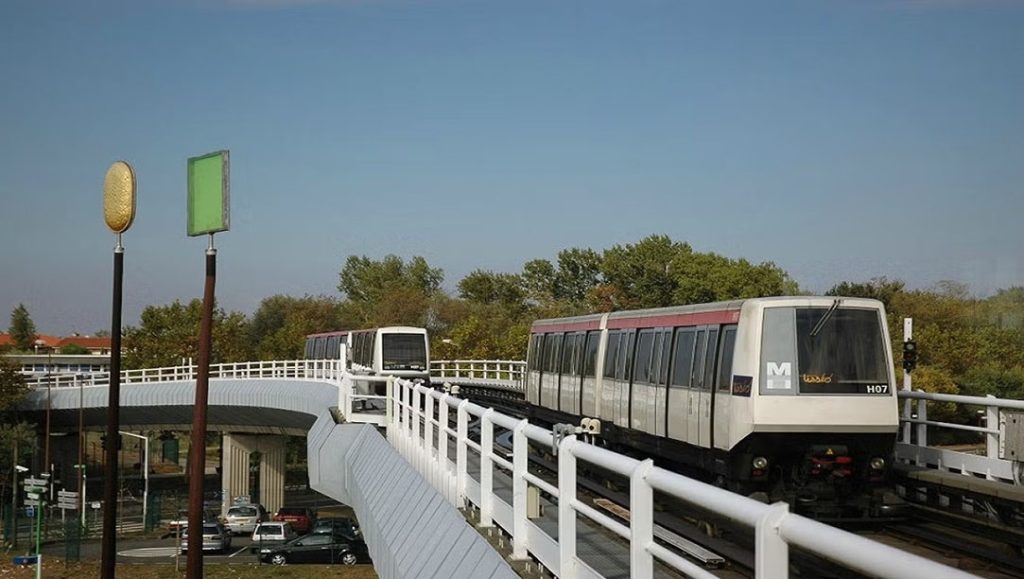
The Bus Network: Reaching the City’s Every Corner
While the metro is fast and efficient, it doesn’t cover all areas of the city, especially the more peripheral neighborhoods. That’s where Toulouse’s bus network shines. With over 100 routes serviced by Tisséo, the bus network is extensive, connecting not only the central areas but also suburban neighborhoods, university campuses, research parks, and residential districts.
During my stay in Saint-Cyprien, a lovely neighborhood just outside the old town, I found the bus to be an essential part of my daily commute. Since Saint-Cyprien isn’t directly serviced by the metro, I frequently used Bus 14, which provided a comfortable ride from the residential areas straight into the heart of the city. Along the way, I was able to observe the daily life of locals, from the rich aroma of freshly brewed coffee in the mornings to the busy scenes of families and workers lining up for groceries in the evenings.
Toulouse’s bus system operates on a well-thought-out schedule. High-frequency services run during peak hours, ensuring you never have to wait long for a bus. Even late at night, several key bus lines run until midnight, making it convenient for tourists who want to experience the nightlife or late dinners. The main routes like L1 and L2 are “express” services, meaning they make fewer stops, speeding up travel times, which is great if you’re in a hurry to reach your destination.
Toulouse’s buses provide a more intimate way to explore the city, offering a glimpse into the local lifestyle that you might miss while using the metro. Riding the bus gives you the chance to observe the nuances of daily life—whether it’s a local musician playing guitar on the sidewalk or the warm glow of a family-run café. For me, the bus was as much a journey through the city as the sights themselves.
Téléo Cable Car: The City from Above
Among Toulouse’s most unique transport options is Téléo, an aerial cable car system crossing the Garonne River. It connects the university hospital with the Oncopole research center, spanning 3 kilometers—making it Europe’s longest urban cable car.
I rode Téléo just to enjoy the view. Floating above hills and rivers, the cabins offer a panoramic theatre of the city. I snapped dozens of photos along the way, capturing the Garonne River winding through red rooftops.
Téléo is slow-moving, perfect for leisurely sightseeing. It’s also conveniently linked to Line B at Université Paul Sabatier station.
Recommended Transit Routes to Popular Attractions
To help plan your visit, here are key attractions and the best public transit routes:
- Place du Capitole: Take Metro Line A to Capitole station—right at the square.
- Basilica of Saint-Sernin: Metro Line A to Jean Jaurès or Capitole, then an 8-minute walk.
- Jacobins Convent: Metro Line A to Esquirol station, then walk 5 minutes.
- Musée des Augustins: Metro Line A to Esquirol.
- Jardin des Plantes (Botanical Garden): Metro Line B to Carmes, then a short walk or take a bus.
- Téléo Boarding Station: Transfer from Metro Line B at Université Paul Sabatier station.
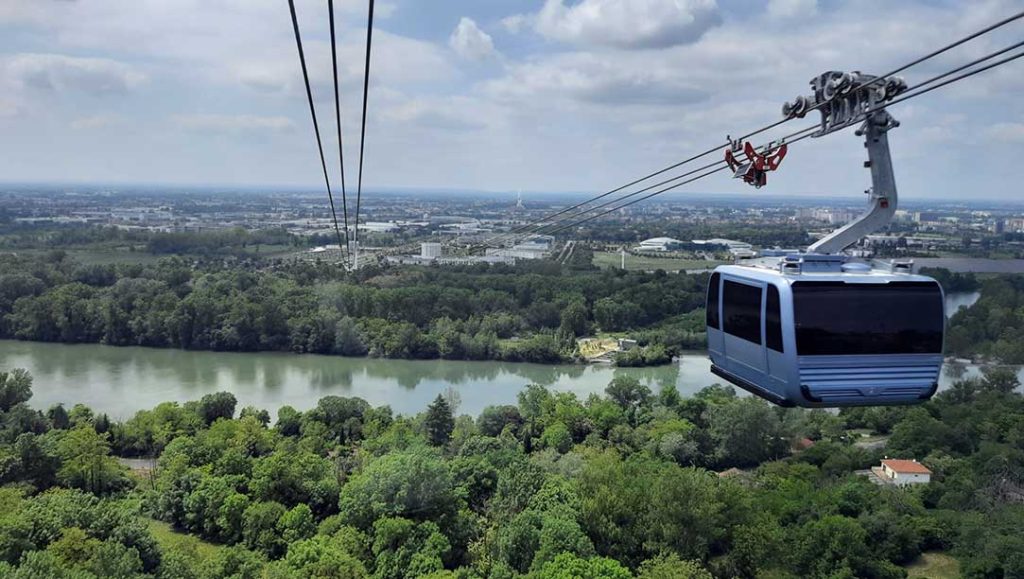
My Tips for Efficient Transit in Toulouse
Based on my own experiences, here are some practical tips for making the most of public transport:
- Plan Your Days by Area
Toulouse isn’t huge, but attractions are scattered. Group sights in the same district into one day’s itinerary to avoid backtracking. - Check Operating Hours
The metro usually runs until midnight, while bus hours vary by line. If you’re going out in the evening, check the last departure times on the Tisséo app beforehand. - Choose the Right Ticket Combo
If you’re moving around a lot each day, a 1-day or 3-day pass is worth it. It saves money and spares you from buying individual tickets. - Use the Tisséo App for Navigation
The app offers live schedules, route planning, and fare info. It even works offline if you’ve saved the route, which helped me several times when I had no signal. - Know the Stations with Elevators
Some metro stations have elevators, which is a relief if you have luggage or strollers. Jean Jaurès station, for example, has good accessibility features.
Public Transit: More Than Just a Way to Get Around
In Toulouse, the metro and buses are more than just a way to commute—they’re a gateway into the city’s rhythm. On morning trains, I rode alongside professionals, students, and street performers. In the evening, buses were filled with elderly couples returning from errands and young musicians with instruments in hand. Transit became part of the experience itself.
I often found myself gazing out the window, watching the soft glow of cafés lighting up corners, or listening to children nearby humming French nursery rhymes. These fleeting moments were more evocative than any guidebook.
In Toulouse, just hop on a metro or bus, and you’ll glide through layers of time, culture, and everyday beauty. If you’re planning a visit, be sure to include this convenient transport system in your itinerary.
